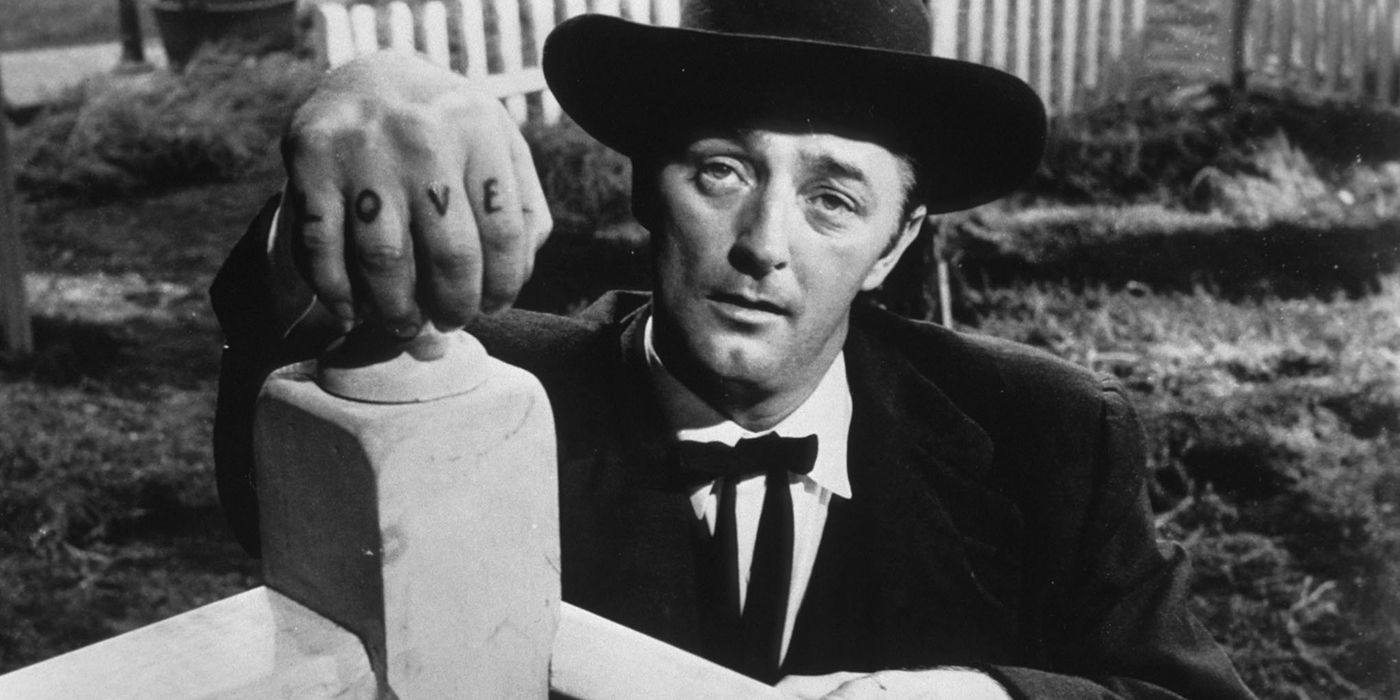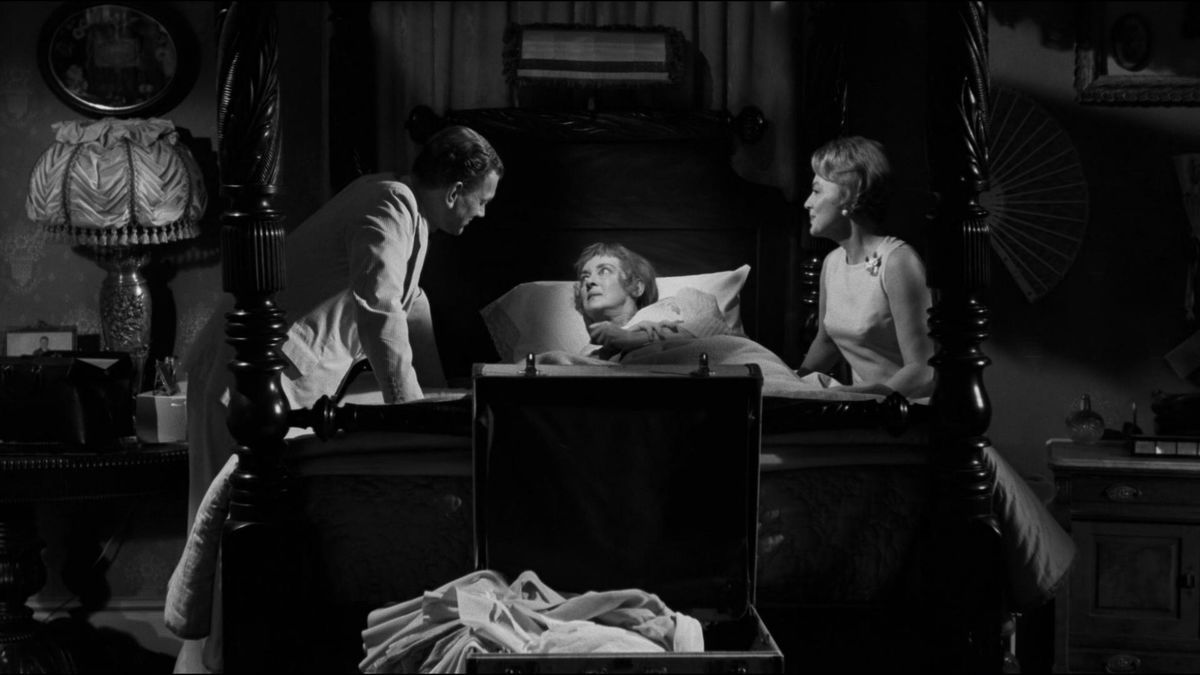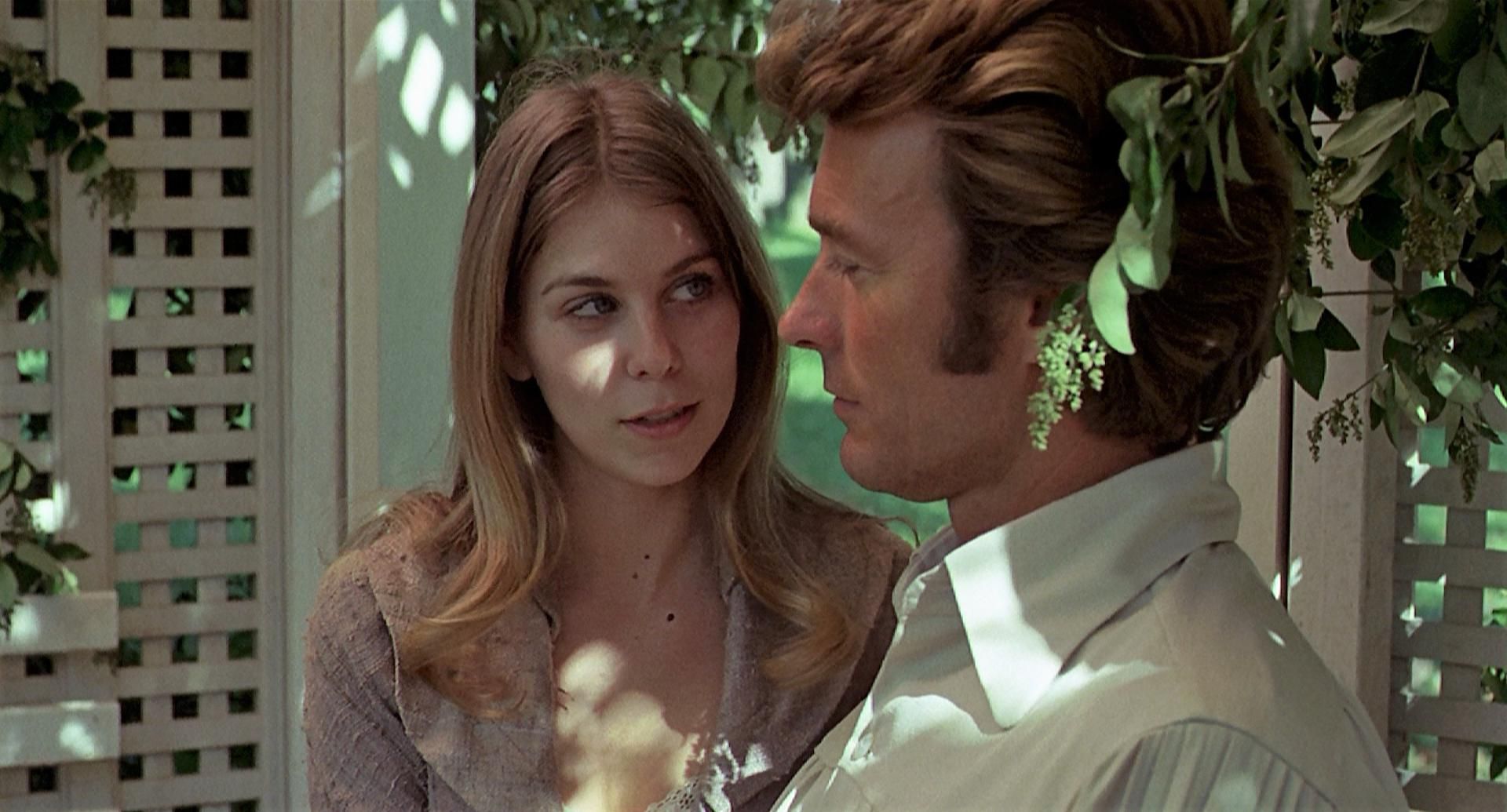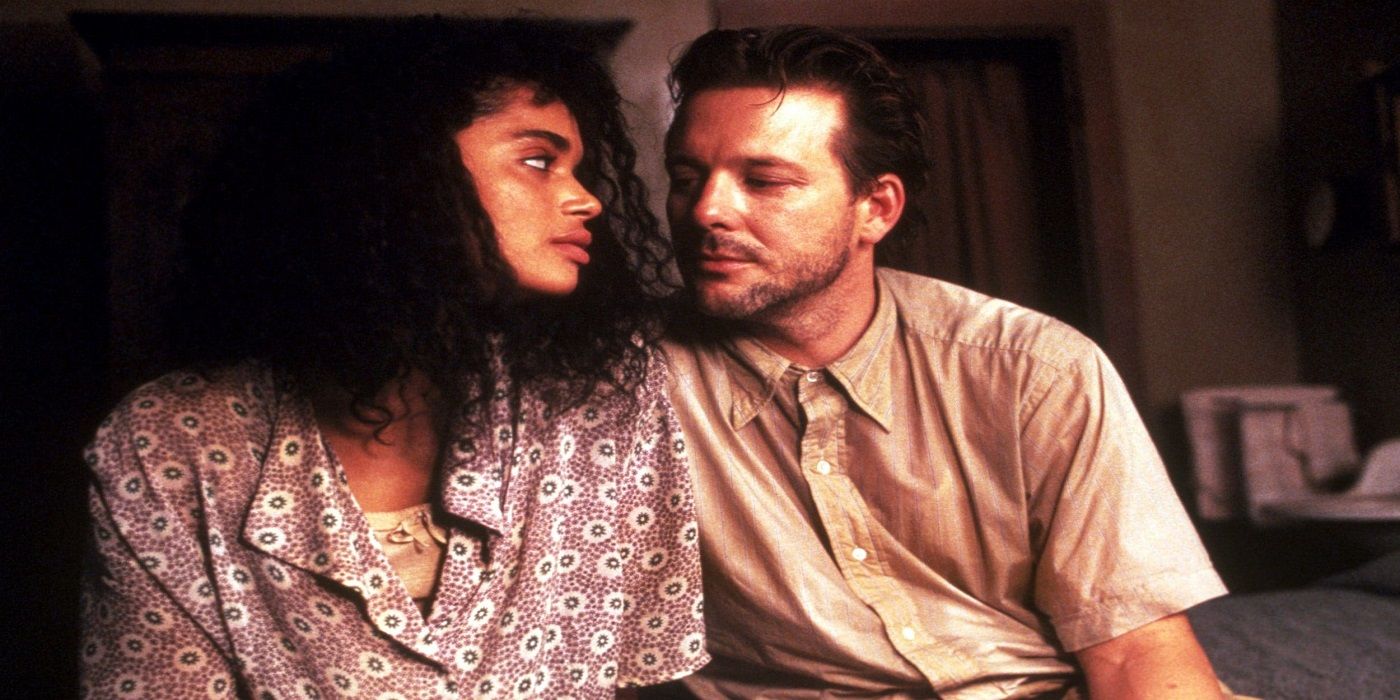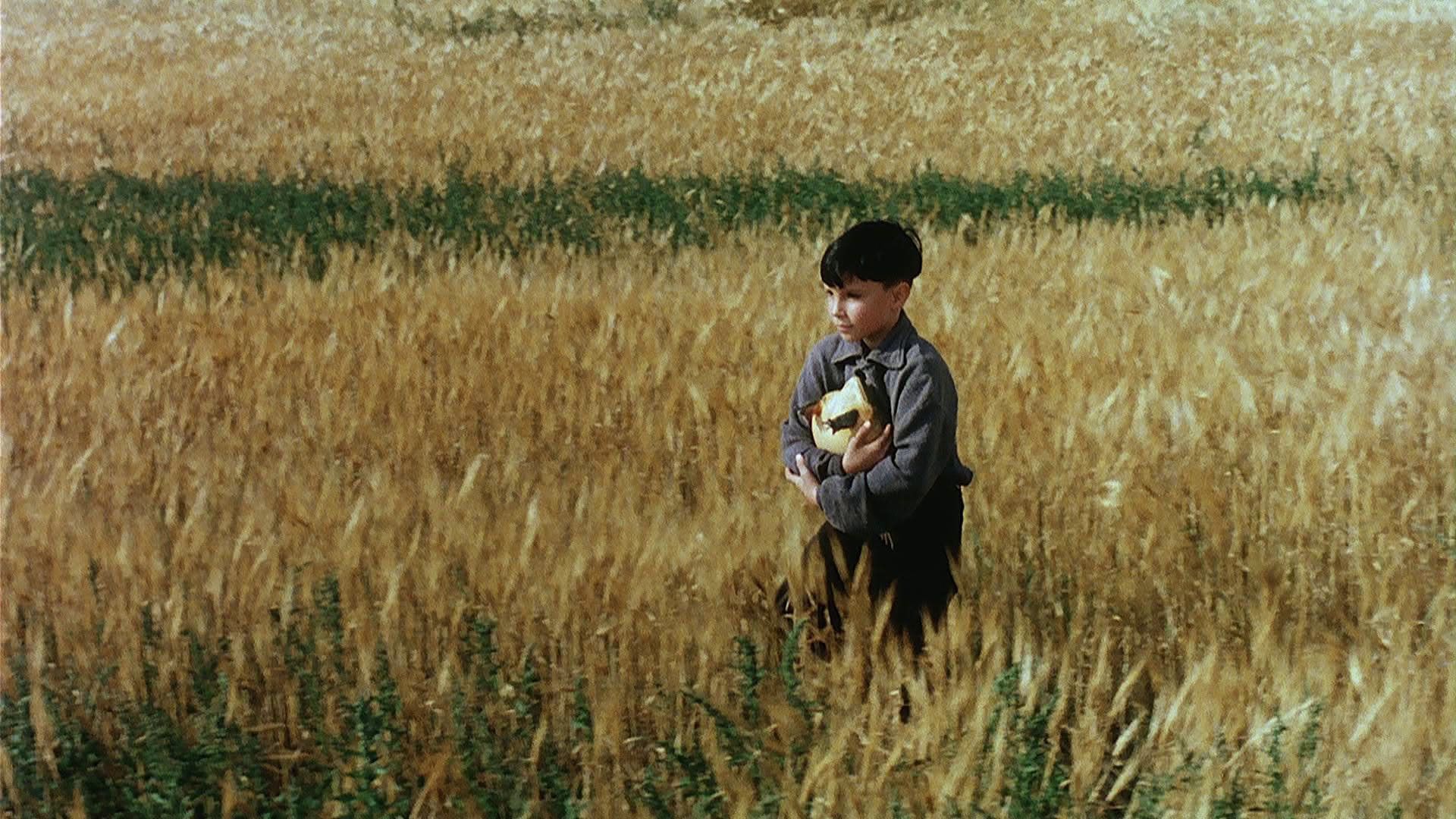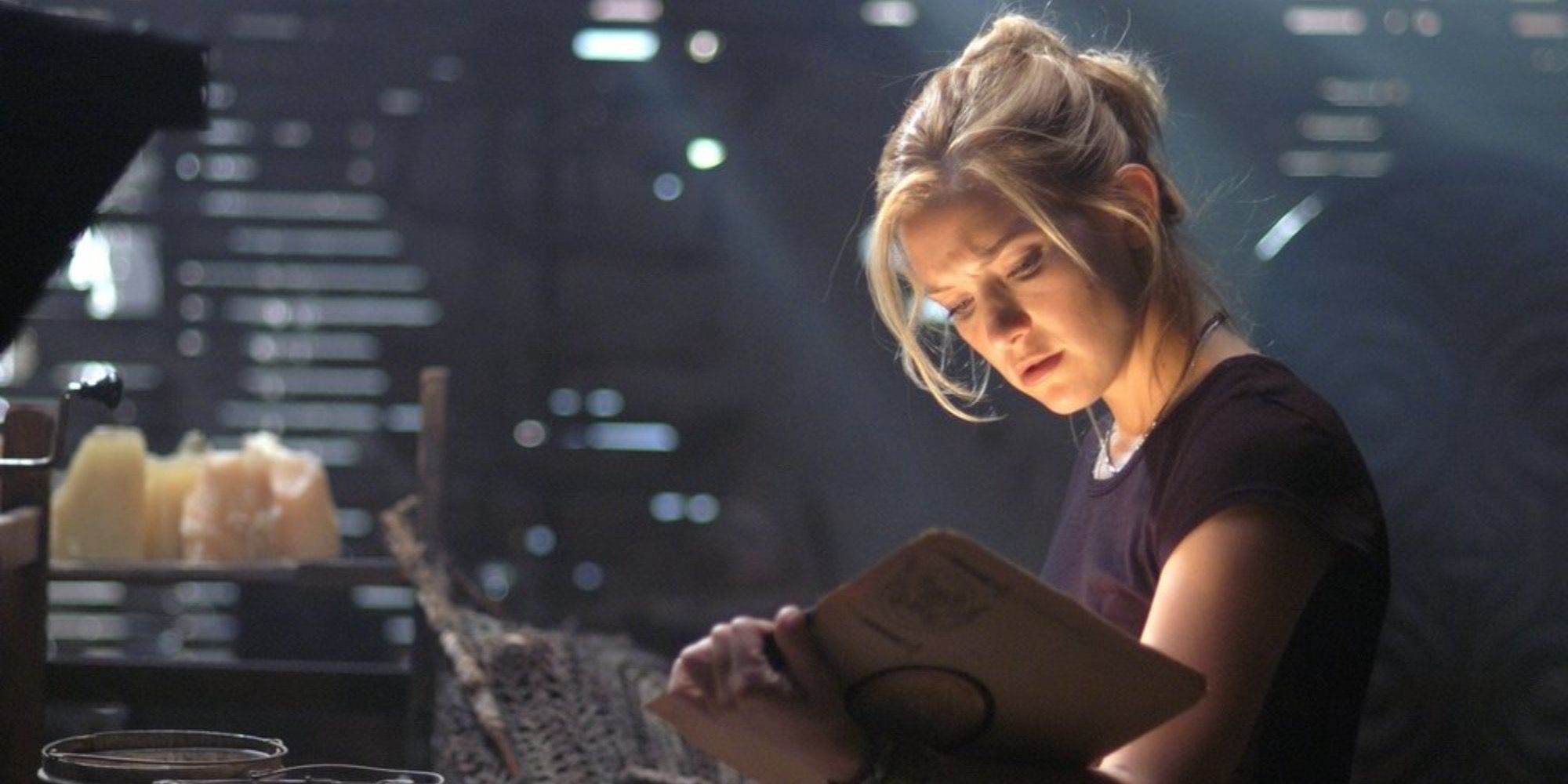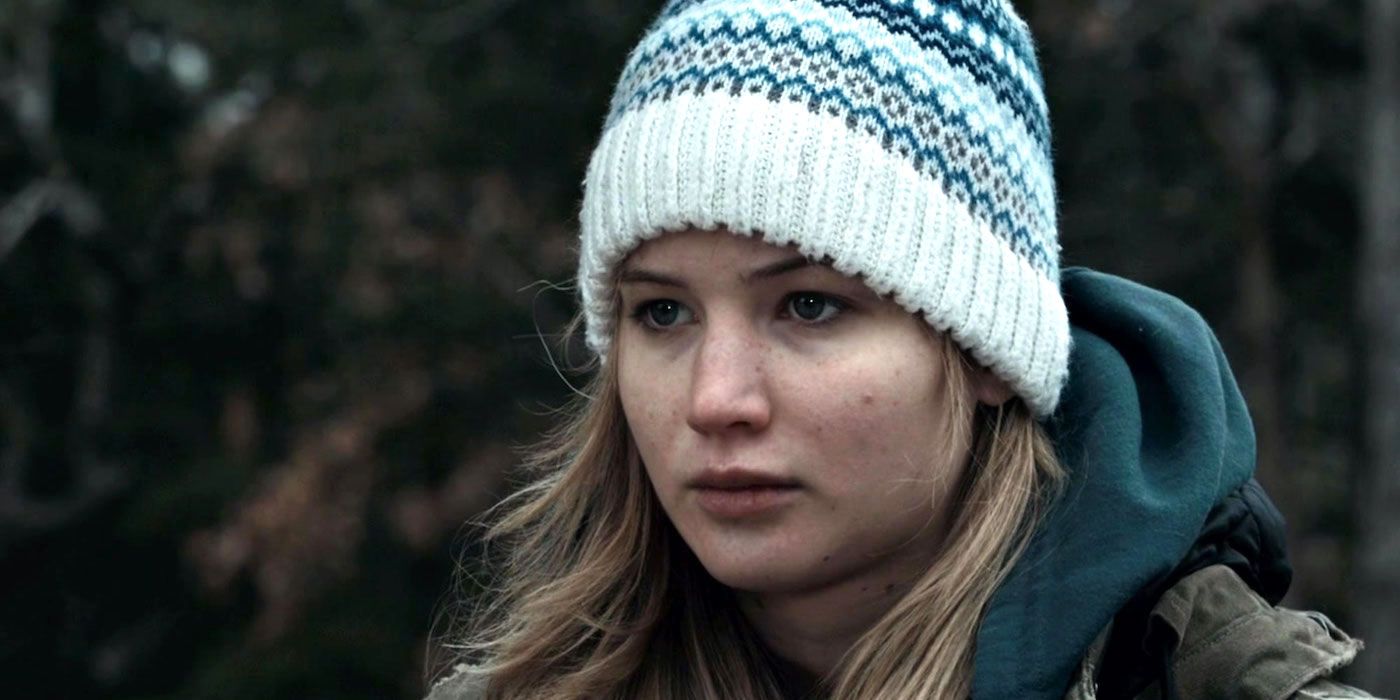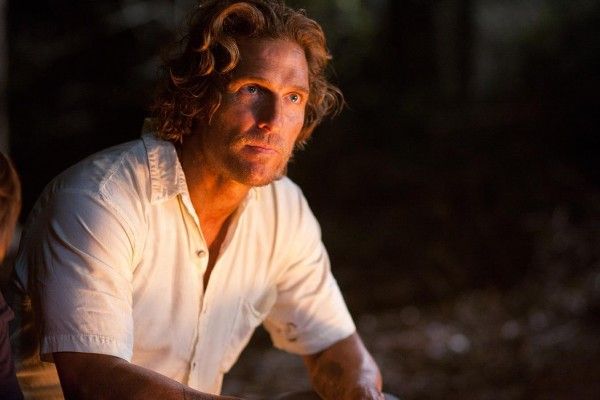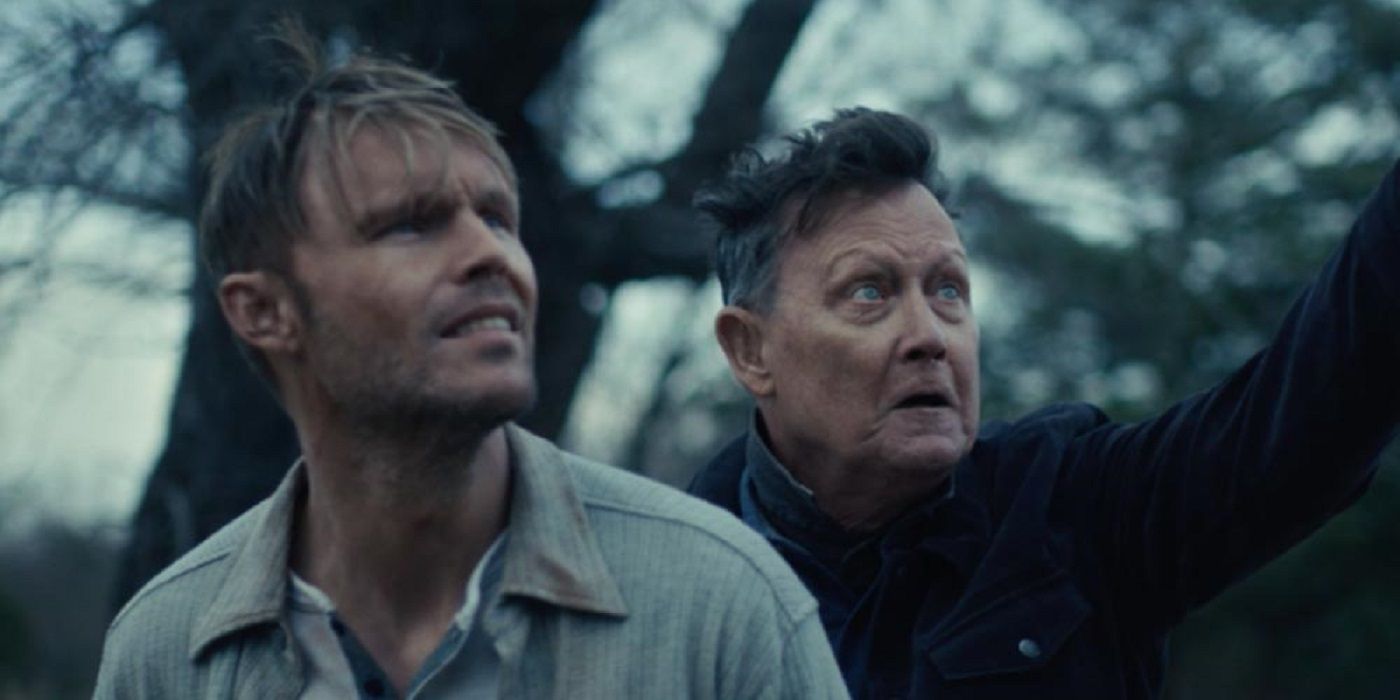
[ad_1]
In Southern Gothic, the Deep South is a place of unrest. The crumbling castles of traditional Gothic horror are turned into aging plantation estates. Families living in the very places their ancestors built will find themselves haunted. But the supernatural is scarcely to be blamed. Flawed humans are the real source of most of the mayhem. Clint Eastwood leaves behind his cowboy hat to cause distress and sexual frustrations in The Beguiled (1971), while Jennifer Lawrence braves the Ozarks to save her family in Winter’s Bone (2009). Over the decades, newer movies have added in the supernatural as a very real threat. Rituals and the occult make a bloody mess in Angel Heart (1987) and The Skeleton Key (2005).
But if the supernatural isn’t a reason for concern, there is always religion as a chaotic motivator. In old and modern Southern Gothic cinema, religious fanaticism taint holy words. Although it may be obvious at this point, a sense of dread simmers throughout many of the following titles. Don’t be fooled by the lush visuals. Chilled glasses of sweet tea and meals of homemade gumbo are always served with a nasty surprise.
Night of the Hunter (1955)
Harry Powell (Robert Mitchum), a greedy serial killer, masquerades as a minister, marrying women for their money and when he’s satisfied, planning their fate. “LOVE” and “HATE” are tattooed on his knuckles, separating right and wrong, good and bad. Yet, the righteous path he speaks of, is full of misogyny and violence. Powell’s charisma fools townspeople into trusting him. And when he hears of stolen money, he sets his eyes on a new family. Willa Harper (Shelley Winters) is on borrowed time once she lets him into her orbit. He woos her, but her two kids stay suspicious of this stranger. John (Billy Chapin) and Pearl (Sally Jane Bruce) realize where the lost money is, and Powell will stop at nothing to get it out of them.
This being a Southern Gothic, there isn’t a castle but barns and small homes, framed with sharp edges. Shadows make dark space all the more like a void. An unsettling, watery grave visual is almost dream-like. An old woman is followed by a line of stray children she cares for, bringing to mind Mother Goose. Director Charles Laughton turns the noir into a fairy tale, with the Harper children under threat from the big, bad wolf that is Powell.
Hush…Hush, Sweet Charlotte (1964)
Kids can be cruel, merrily singing, “Chop, chop, Sweet Charlotte. Chop off his hand and head!” as they run from the Hollis mansion. Charlotte (Bette Davis), the woman they torment, continues to be suspected of a murder that happened decades ago. Now middle-aged, she clings to her family’s estate as an impending demolition is soon to come. The only hope might be the arrival of her cousin Miriam (Olivia de Havilland). However, the relative Charlotte hasn’t seen in so long, might not be her saving grace. The kids with their morbid lullaby are a nuisance but as bizarre events happen, Charlotte may not be able to protect herself from a greater threat.
Leave it to Bette Davis to bring to life a Southern belle fuming in wrath and defiance. She blasts a shotgun at the bulldozing crew. The actress’ signature eyes open as wide as ever as her mental state comes under attack. She commands all her scenes, in the role of a woman who’s constantly pushed to the edge. The act of performing ends up being a crucial theme. The townsfolk see the woman’s fury as evidence of homicidal urges. What if Charlotte is only playing the part she sees they want her too? If there are two sides to her, what could the other side be to the gentle and sweet cousin Miriam?
The Beguiled (1971)
Wounded Union soldier McBurney (Eastwood) is rescued by an all-girl school, established in rural and woodsy Mississippi. The seclusion and gated location has kept them safe from the active American Civil War, but it has also repressed many of the students’ and faculty’s sexual urges. Stuck in the school, McBurney ends up being a dangerous powder keg, triggering jealousy and arousal. He claims he has no interest in catching the eyes of those around him. But he’s a liar, starting with how he got injured in the first place.
Miss Farnsworth (Geraldine Page), head of the school, takes an instant dislike to the presence of a man but reluctantly takes care of McBurney’s injuries. Edwina (Elizabeth Hartman), a repressed school teacher, can’t help but start to fall for him, and she’s not the only one. Hallie (Mae Mercer) is a slave on the property, tending to the garden and the house, knowing many of the secrets that happen behind closed doors. Racism, sexuality, and the ongoing Civil War come together to create this very messed-up Southern Gothic tale.
Angel Heart (1987)
In a callback to the old school noir of the 1940s, Harry Angel (Mickey Rourke) is a private investigator afraid of chickens but not of getting roughed up when he snoops. The mysterious Louis Cyphre (Robert De Niro) soon requests his services, wanting an individual tracked down. It takes Angel to New Orleans and the people he meets, soon end up viciously killed. The traditional noir formula gets refreshed with elements of the occult. People are not what they seem. At least before, mortals were the culprits. The deeper Angel searches for answers, the closer he gets to the supernatural that has infiltrated everyday life. Noirs, like Southern Gothics, don’t end well. When the movie culminates with Angel’s fate, it turns everything that came before on its head.
The Reflecting Skin (1991)
Young Seth (Jeremy Cooper) lives with his family on the American prairie during the 1950s. Along with friends, Seth finds ways to end their boredom by making life hell for widower Dolphin Blue (Lindsey Duncan). Dressed in black, fit with sunglasses, Dolphin gets splashed in blood by a prank early on. It’s a jolting way to open the movie. Once Seth learns about vampires, he quickly links the bloodsuckers to Dolphin. The boy’s fantasy life, out in the isolation, only intensifies from there. When a friend is killed and Seth’s older brother grows infatuated with the widower, the boy knows the vampire needs to be stopped.
Golden colors from the sun and wheat fields disguise the darkness that is settled on the vast land, reeking of homophobia. A black Cadillac driving on the long, unwinding road while adult twins make clucking noises on a walk are among the many surreal moments featured. The sunny world Seth lives in is in fact very dreary. Secrets are exposed, effectively causing his family turmoil. While the kids in Sweet Charlotte are horrid enough, Seth understands no consequences, and is a menace all by himself.
The Skeleton Key (2005)
Caroline (Kate Hudson) decides to leave hospice work to be an at-home caretaker. She finds a position at a plantation home owned by Violet (Gena Rowlands), whose husband Benjamin (John Hurt) has suffered a debilitating stroke. The ride is long and far from help, should there be a need for it. And there will be. Caroline comes to understand Benjamin is afraid of his wife. But the nurse tries to rationalize it, from his condition to the fears. Heading into New Orleans, she can’t help but follow a painful trail of tragic history involving hoodoo and racism.
Stormy weather heats up the humidity and floods the swampland surrounding Caroline’s place of employment. As is typical with Southern Gothic horror, the past has no plan to lie down quietly. Two Black servants that were enslaved at the estate supposedly haunt a room. What is on the other side, grabs Caroline’s attention, as the skeleton key in her possession does not open it. She just has to avoid the watchful eyes of Gena Rowlands’ demented Southern belle.
Winter’s Bone (2010)
Living in the Ozark Mountains, Ree (Jennifer Lawrence) and her poverty-stricken family learn bad news. Their deadbeat dad has gone missing, after putting up the house and farmland as part of his bond. If he doesn’t make a court date, the family will lose everything. The landscape is not nearly as treacherous as the people she encounters during the search for her father, including a drug addicted uncle (John Hawkes) who is physically aggressive and the wife (Dale Dickey) of a local crime boss who stands in Ree’s way. Director Debra Granik paints a colorful world with not much color. Traditional music works to authenticate the environment. Abandoned and burned down meth labs litter the grounds. And it is superb in the female cast, some of whom are allies to Ree and others who will strike her down if she doesn’t comply. Unlike the bleakness to many of the Southern Gothics, this one offers a glimmer of hope.
Mud (2013)
Mud (Matthew McConaughey) self-exiles on a small island, using a boat stuck high up in a tree as a hideout. When Ellis (Tye Sheridan) and his friend find him, they get caught up in a love affair gone wrong. Mud is suffering from helping his on- and off-again girlfriend Juniper (Reese Witherspoon). Bad men are looking for him now, putting the two boys in danger. If not from men with guns, the venomous bite of a cottonmouth on the island is lethal enough.
McConaughey’s damaged man is very different from the one he played in his other Southern Gothic, True Detective. This is more drama, rather than crime, a grounded film playing out like a lyrical fable. Ellis puts Mud on a pedestal. The young boy has to go through a parents’ divorce, a crush on a girl who won’t return his feelings, and Mud is the ultimate man to be. When the boys follow Mud’s orders by finding, buying, or stealing items he needs, it’s almost like they endure a series of trials. Growing up isn’t simple and Ellis loses his innocence, realizing Mud is not the ideal father figure.
What Josiah Saw (2021)
The Graham family have not been together for decades. The news of an oil company wishing to buy up farmland the Graham house sits on, might be what estranged siblings Eli (Nick Stahl) and Mary (Kelli Garner) need to let go of the past. The house is where the youngest sibling Thomas (Scott Haze) resides with their father, Josiah (Robert Patrick), and the two don’t plan on leaving. Fair warning, this is a relentless two hours of generational trauma, grief, and self-destruction. Robert Patrick was scary as a Terminator, but that’s nothing compared to the abusive father he plays. Told in chapters, the movie is a slow burn that explodes into violence. No matter how far Eli and Mary have tried to leave behind their haunted childhoods, it’s almost like the house pulls them back. Escaping a second time isn’t promised.
[ad_2]
Source link


